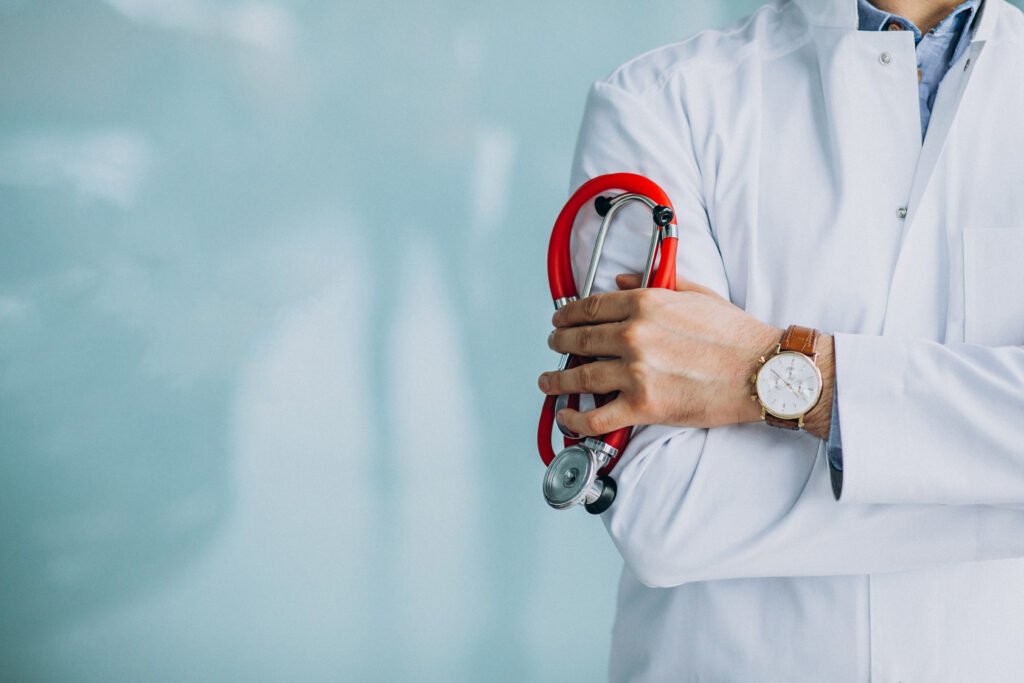
Cancer Understanding: What You Need to Know in 2025
Cancer. It’s a word that hits hard — whether you’ve heard it from a doctor, read about it online, or watched someone you love fight it. And while science keeps pushing forward, there’s still so much confusion, fear, and misinformation surrounding the topic.
Let’s cut through the noise and break it down clearly. This guide covers what cancer actually is, what causes it, the most common types, early signs to watch for, and what you can do about it — whether you’re looking for prevention tips or just trying to understand the landscape better.

What Is Cancer, Really?
At its core, cancer is uncontrolled cell growth.
Your body is made up of trillions of cells. Normally, they grow, divide, and die in a highly organized way. But sometimes, things go off script. A damaged cell keeps growing when it shouldn’t — and that’s where malignant neoplastic disease begins.
These cells can form tumors, spread to other parts of the body, and disrupt how your organs work. And the scariest part? Many cancer grow quietly. You often don’t feel a thing until it’s advanced.
Top Causes of Cancer in the U.S.
Here’s the thing: cancer doesn’t come out of nowhere. A mix of factors contributes to its development. Some you can control, others you can’t.
🔥 Lifestyle Factors
- Smoking: Still the #1 cause of lung cancer.
- Poor diet: High processed foods, low fruits/veggies.
- Lack of exercise: Physical inactivity weakens the immune system.
- Alcohol: Increases the risk of mouth, liver, breast, and other cancers.
- Sun exposure: UV radiation is a top culprit for skin cancer.
🧬 Genetics
Some people inherit cancer-causing gene mutations (like BRCA1/BRCA2 for breast cancer). If cancer runs in your family, your risk may be higher.
☢️ Environmental Risks
From exposure to asbestos to air pollution and certain chemicals — your surroundings matter.
Most Common Types of Cancer in the U.S.
According to the American Cancer Society, these are the most diagnosed cancers in 2025:
- Breast Cancer
- Common in women, but men can get it too.
- Early detection through mammograms is saving lives.
- Lung Cancer
- Strongly linked to smoking, but non-smokers can get it too.
- One of the deadliest if caught late.
- Prostate Cancer
- Mostly affects men over 50.
- Often grows slowly and is treatable if detected early.
- Colorectal Cancer
- Cancer of the colon or rectum.
- Screening (like colonoscopy) helps detect it early.
- Skin Cancer (Melanoma & Non-Melanoma)
- Overexposure to UV rays is the biggest risk.
- Early-stage melanoma is highly treatable.
Signs and Symptoms You Shouldn’t Ignore
Not every ache means cancer — but some warning signs are worth checking out.
General Symptoms:
- Unexplained weight loss
- Fatigue that doesn’t go away
- Persistent pain
- Fever with no clear reason
Specific Symptoms:
- Breast cancer: Lumps, nipple discharge, skin dimpling
- Lung cancer: Coughing up blood, chest pain
- Colon cancer: Blood in stool, stomach cramps
- Skin cancer: New or changing moles
If something feels off, listen to your body. Early diagnosis can make all the difference.
Can Cancer Be Prevented?
No guarantees — but you can dramatically lower your risk.
Here’s what research keeps telling us:
- Don’t smoke. Not once. Not “just socially.”
- Eat real food: think colorful veggies, lean proteins, and whole grains.
- Stay active. Aim for 30 minutes of movement daily.
- Wear sunscreen, even on cloudy days.
- Get regular screenings — mammograms, colonoscopies, skin checks, and Pap smears save lives.
And if your family has a malignant neoplastic disease history? Get genetic testing and stay ahead with regular checkups.
What About Treatment Options?
Treatment depends on the type and stage of cancer — but here’s the general lineup:
🔬 Surgery
If the cancer is localized, doctors may remove the tumor entirely.
💥 Chemotherapy
Uses powerful drugs to kill fast-growing cancer cells. Comes with side effects, but it’s still a frontline treatment.
☢️ Radiation Therapy
Targets cancer with high-energy rays to destroy or shrink tumors.
🧬 Immunotherapy & Targeted Therapy
These are the “new kids” on the block. They use your body’s immune system or specific genetic targets to fight cancer more precisely — and often with fewer side effects.
Living with Cancer: It’s More Than Just Treatment
Here’s something people don’t talk about enough: cancer changes every part of your life — mentally, emotionally, financially.
Support matters. Whether you’re a patient, survivor, or caregiver, you’re not alone.
- Connect with support groups (in-person or online).
- Talk to a mental health counselor — anxiety, fear, and even PTSD are common.
- Don’t ignore nutrition and rest — they’re part of healing too.
What’s New in Cancer Research in 2025?
This year’s spotlight: personalized medicine.
Scientists are mapping tumors at a genetic level, then designing treatments that fit like a key in a lock. It’s not one-size-fits-all anymore.
There’s also big progress in:
- mRNA cancer vaccines
- AI-powered early detection tools
- Liquid biopsies (a blood test that can spot cancer early)
We’re not “there” yet — but we’re closer than ever.
Final Thoughts: Stay Aware, Not Afraid
Cancer is real. It’s widespread. But it’s not always a death sentence.
People are surviving — even thriving — after Crab. With early detection, lifestyle changes, and medical advances, you can tilt the odds in your favor.
Here’s your takeaway:
Know your body. Ask questions. Don’t delay screenings. And if you’re in the fight, keep going — because you’re not alone, and you’re stronger than you think.
